"Neal Johns is a retired Federal (missiles and rockets) Electronics Engineer whose has been fascinated with the desert for almost 60 years".
I'm confused. I thought Neal was an aridologist.






| Quote: |

| Quote: |
| Quote: |
| Quote: |
| Quote: |



| Quote: |


| Quote: |
| Quote: |


| Quote: |
| Quote: |
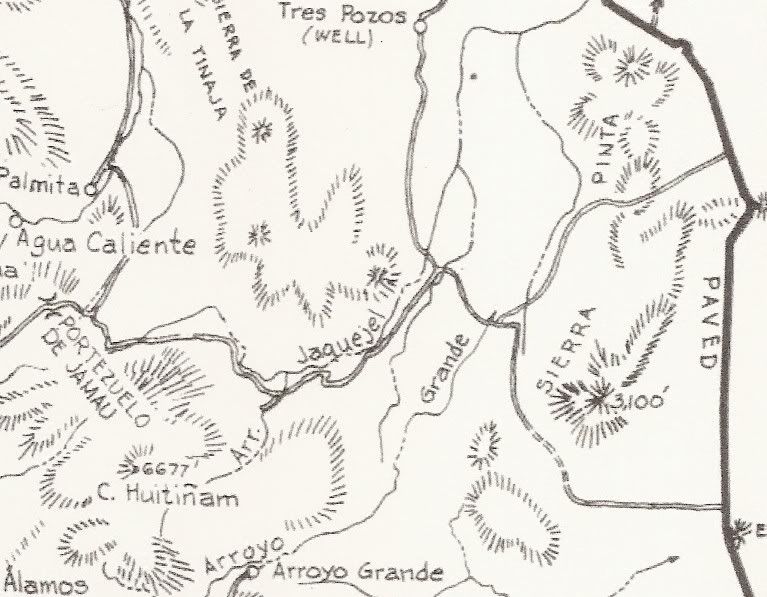
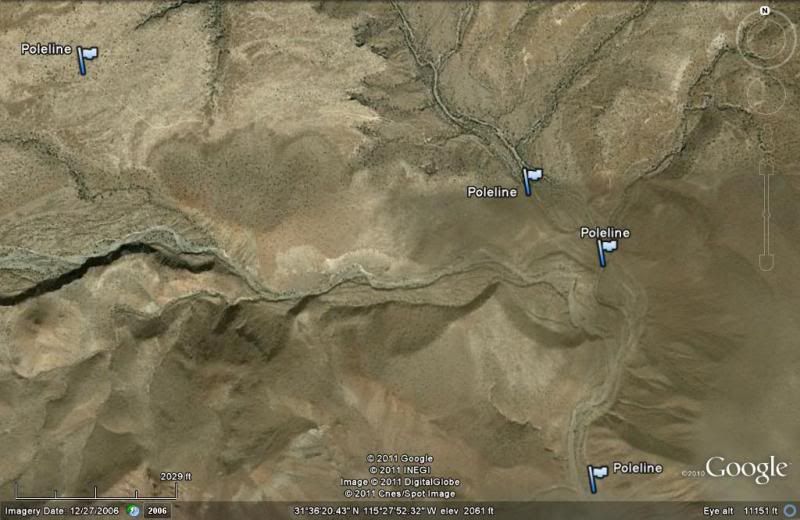
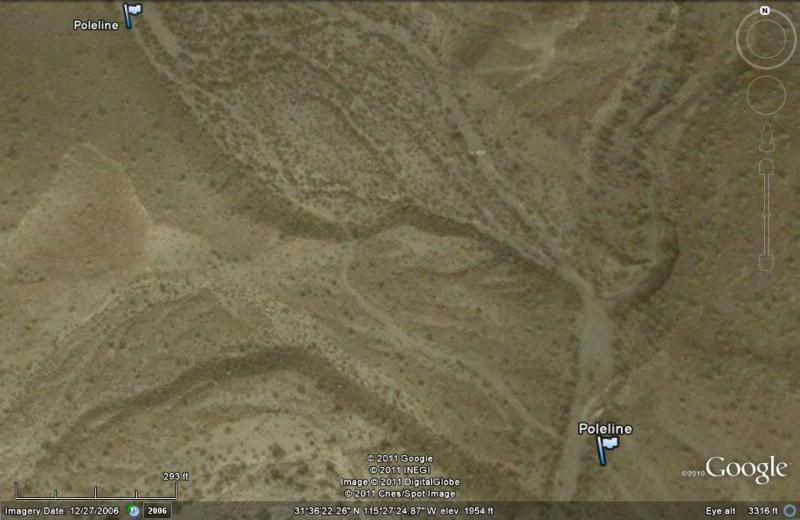
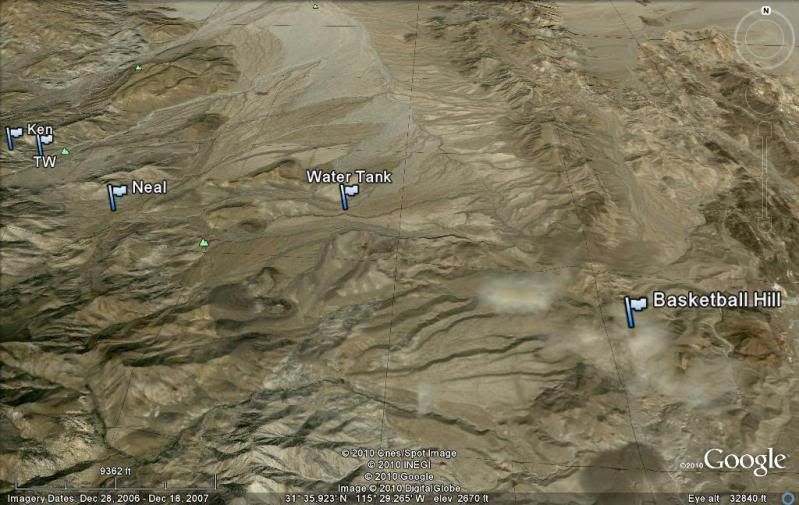
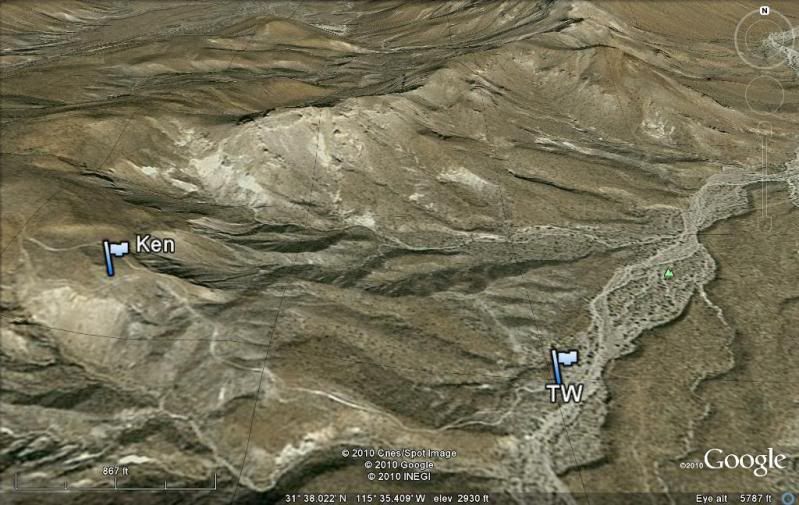
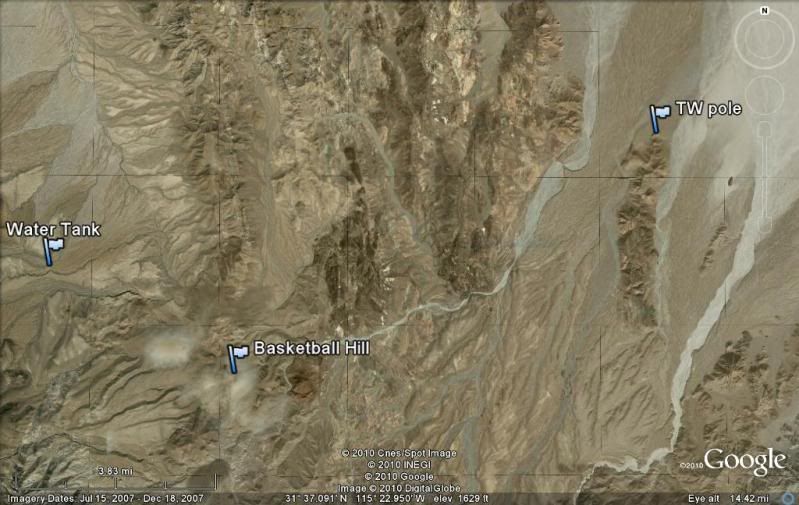
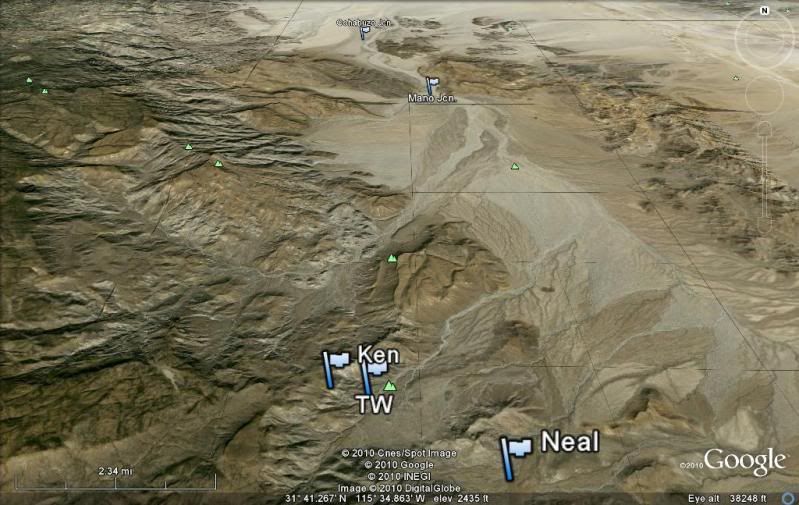
| Quote: |
| Quote: |

| Quote: |
| Quote: |
| Quote: |






| Quote: |


| Quote: |
| Quote: |
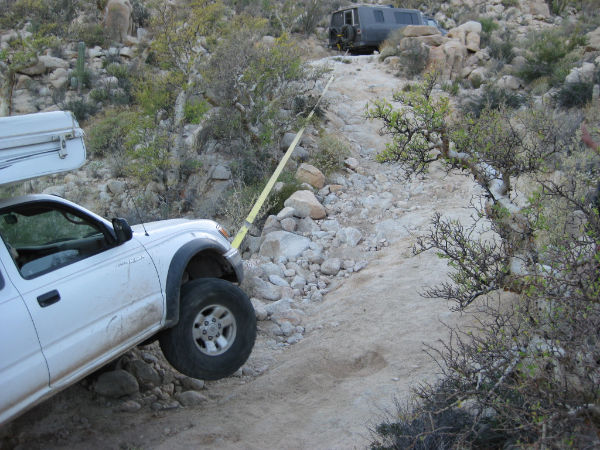
| Quote: |


| Quote: |

| Quote: |

| Quote: |
| Quote: |

| Quote: |

| Quote: |



| Quote: |
| Quote: |